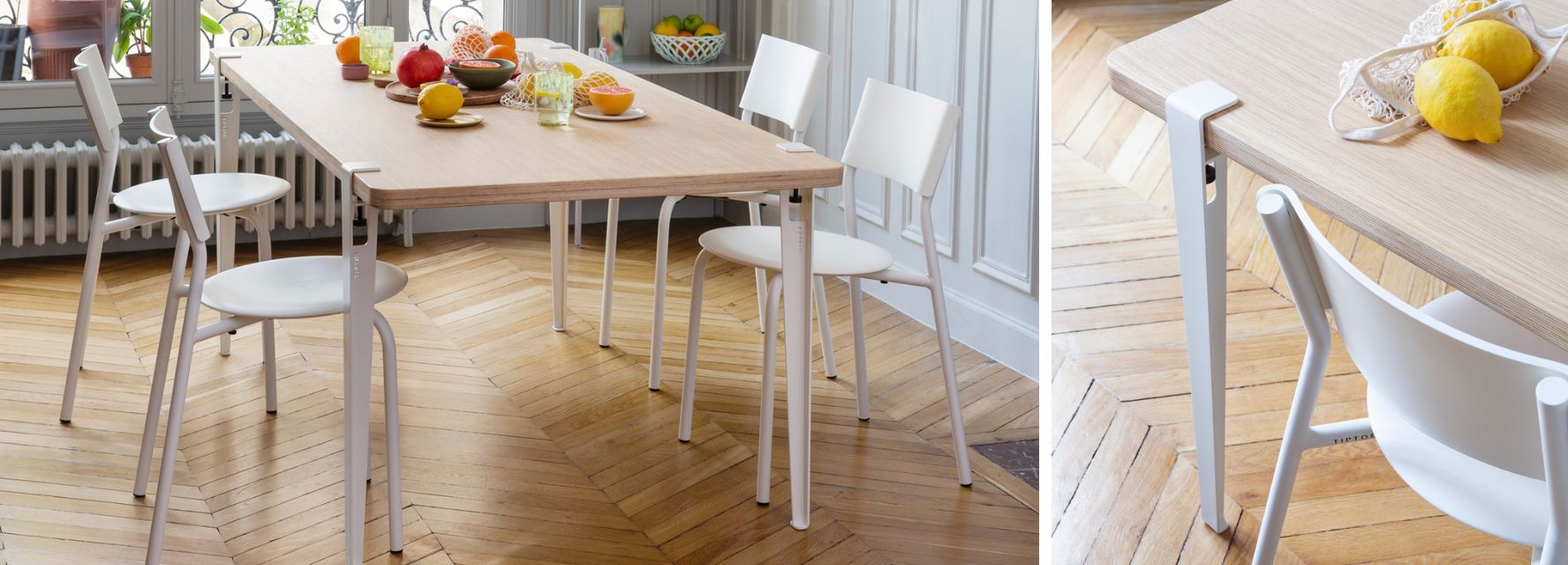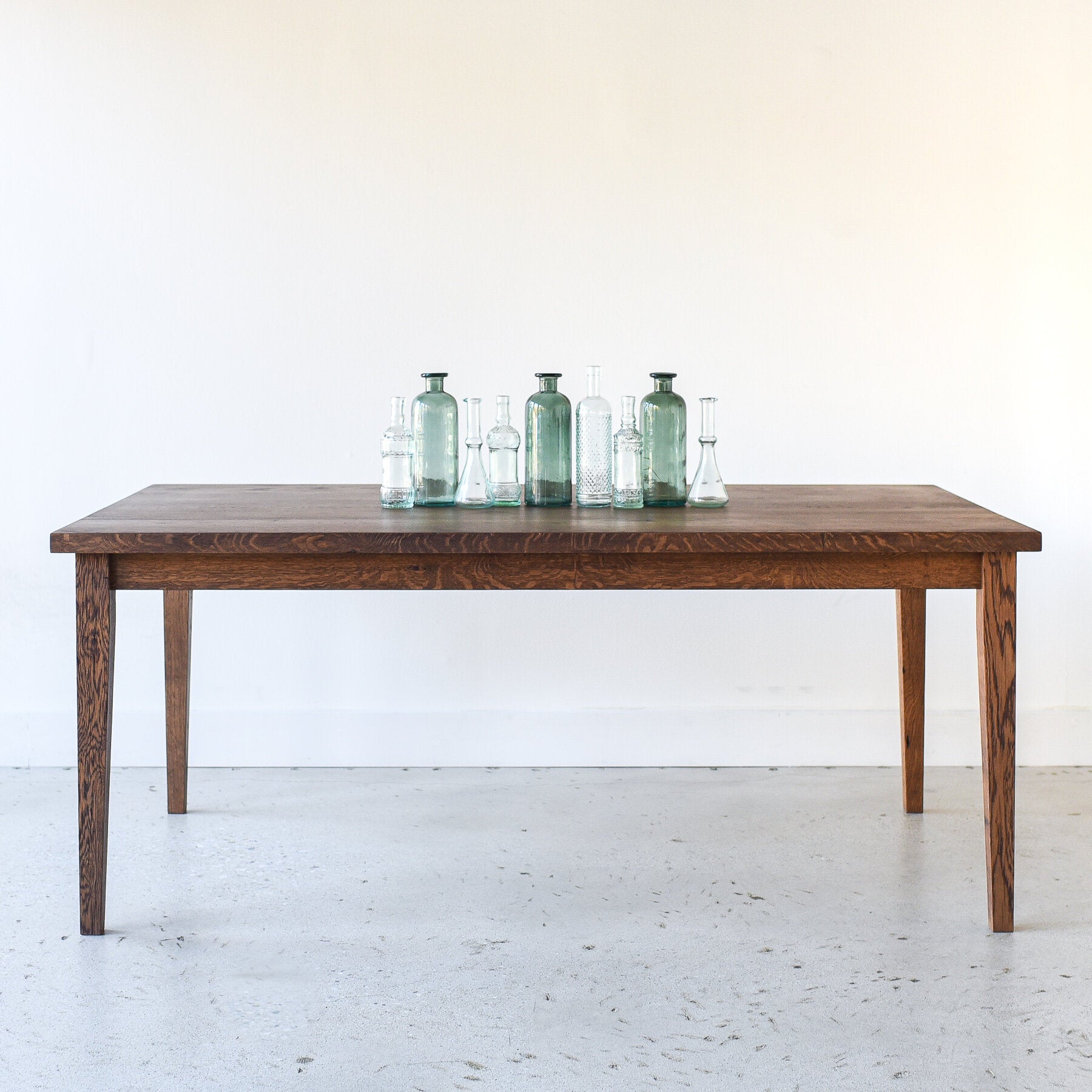Discover Affordable Style in High-Quality Dining Table Legs Wood
Discover Affordable Style in High-Quality Dining Table Legs Wood
Blog Article
Checking Out the Various Types of Eating Table Legs Wood for Your Eating Area
The option of table legs timber can profoundly affect both the practical and aesthetic high qualities of your dining area. Strong wood alternatives, such as oak and walnut, give a traditional appearance with unrivaled durability, while engineered timber options use innovative styles that mimic the richness of natural grains. In addition, the growing pattern of redeemed wood presents a sustainable aspect that interest eco mindful consumers. As we discover these different alternatives, it ends up being important to take into consideration not only the visual charm yet likewise the useful implications of each material selection. What aspects should guide your decision?
Solid Timber Options

Unlike engineered products, solid timber is less prone to warping and damage over time when properly preserved. Each item of solid wood is unique, showcasing specific characteristics that add to the beauty and character of the eating table.
In addition, solid timber can be completed in numerous methods, varying from all-natural oils to stained surfaces, allowing home owners to individualize their furniture to match their decoration. In summary, choosing strong wood for dining table legs not only makes sure architectural stability yet also boosts the aesthetic charm of the eating location, making it a rewarding investment for any type of home.
Engineered Timber Alternatives

Plywood, constructed from several layers of timber veneer, is stable and especially strong, making it a superb selection for dining table legs. Its layered make-up enables it to withstand changes in humidity and temperature level far better than typical solid timber. MDF, on the other hand, supplies a smooth surface for paint or veneering, allowing designers to attain a refined look while preserving structural stability.
When choosing crafted wood options, it is crucial to consider the desired usage and wanted visual. These materials not just improve the capability of dining areas but additionally permit for higher style flexibility, ensuring that modern and traditional styles can exist side-by-side sympathetically.
Reclaimed Timber Features
Recovered timber uses a special blend of sustainability and character, making it a progressively prominent selection for eating table legs. Sourced from old barns, manufacturing facilities, and other structures, reclaimed wood embodies a background that new products just can not replicate. Each piece brings its own story, noted by distinct flaws, knots, and differing grain patterns, which contribute to a table's special visual allure.
In enhancement to its visual charm, recovered timber is an eco-friendly choice. By repurposing previously used materials, it lowers the demand for new lumber, hence helping to lessen and save woodlands waste. This aligns websites with an expanding consumer preference for sustainable techniques in furniture.
Furthermore, redeemed timber is often more long lasting than freshly gathered wood as a result of its age. The all-natural drying procedure that redeemed wood goes through cause a denser and stronger material, making it less susceptible to warping and splitting. This enhances the longevity of dining tables, allowing them to endure the roughness of daily use.
Softwood vs. Hardwood
When choosing dining table legs, understanding the distinctions between softwood and hardwood is crucial for attaining both visual and functional goals. Softwoods, acquired from coniferous trees, such as pine and cedar, are defined by their lighter weight and simplicity of adjustment. They normally show an even more rustic appearance, making them suitable for laid-back or country-style dining areas. However, softwoods are typically less resilient than woods, which can be a consideration for families or those seeking longevity in their furniture.
On the other hand, hardwoods, sourced from deciduous trees like oak, cherry, and maple, are renowned for their density, toughness, and longevity. The navigate to these guys detailed grain patterns and abundant tones of hardwoods supply a sophisticated and timeless charm, making them excellent for official dining setups. While woods have a tendency to be a lot more pricey and much heavier, their strength against deterioration typically warrants the investment.
Eventually, the selection in between softwood and hardwood for eating table legs should align with your design vision, use demands, and spending plan, making certain that your dining area reflects your individual style while staying useful gradually.

Therapies and finishes
The visual allure and durability of dining table legs can be significantly boosted via different surfaces and therapies. These processes not only protect the wood from damages however likewise elevate its appearance, allowing it to enhance diverse interior styles.
One usual therapy is discoloring, which penetrates the timber and enhances its all-natural grain while including color. Discolorations give a rich, stylish look, enabling property owners to match their furniture with existing decoration. On the other hand, clear coatings such as polyurethane or varnish develop a protective layer without changing the wood's original tone, making sure sturdiness versus damage.
Furthermore, natural oils, like tung or linseed oil, nurture the wood and use a refined luster, all while being eco-friendly. These oils allow the surface area to take a breath, avoiding wetness build-up and potential warping.
For those seeking a rustic beauty, weather-beaten or troubled surfaces can be related to develop an aged look, including personality to the piece. Eventually, the selection of treatments and finishes depends upon personal preference, desired aesthetic appeals, and the certain timber kind, making it important to consider these factors when picking dining table legs for your space.
Verdict
Strong woods, like this engineered choices, and reclaimed alternatives each deal distinct advantages, providing to numerous preferences and demands. Inevitably, the choice of wood type ought to straighten with wanted design, durability, and ecological factors to consider, improving the overall dining experience.
The choice of eating table legs wood can profoundly impact both the aesthetic and functional top qualities of your dining space - Dining Table Legs Wood. Strong timber options, such as oak and walnut, give a timeless look with unmatched toughness, while crafted wood alternatives supply ingenious styles that mimic the splendor of natural grains. Solid timber provides an ageless top quality that can raise the overall design of an eating room. Each piece of solid wood is distinct, showcasing individual attributes that add to the charm and personality of the dining table
Moreover, reclaimed timber is often much more resilient than recently gathered timber due to its age.
Report this page